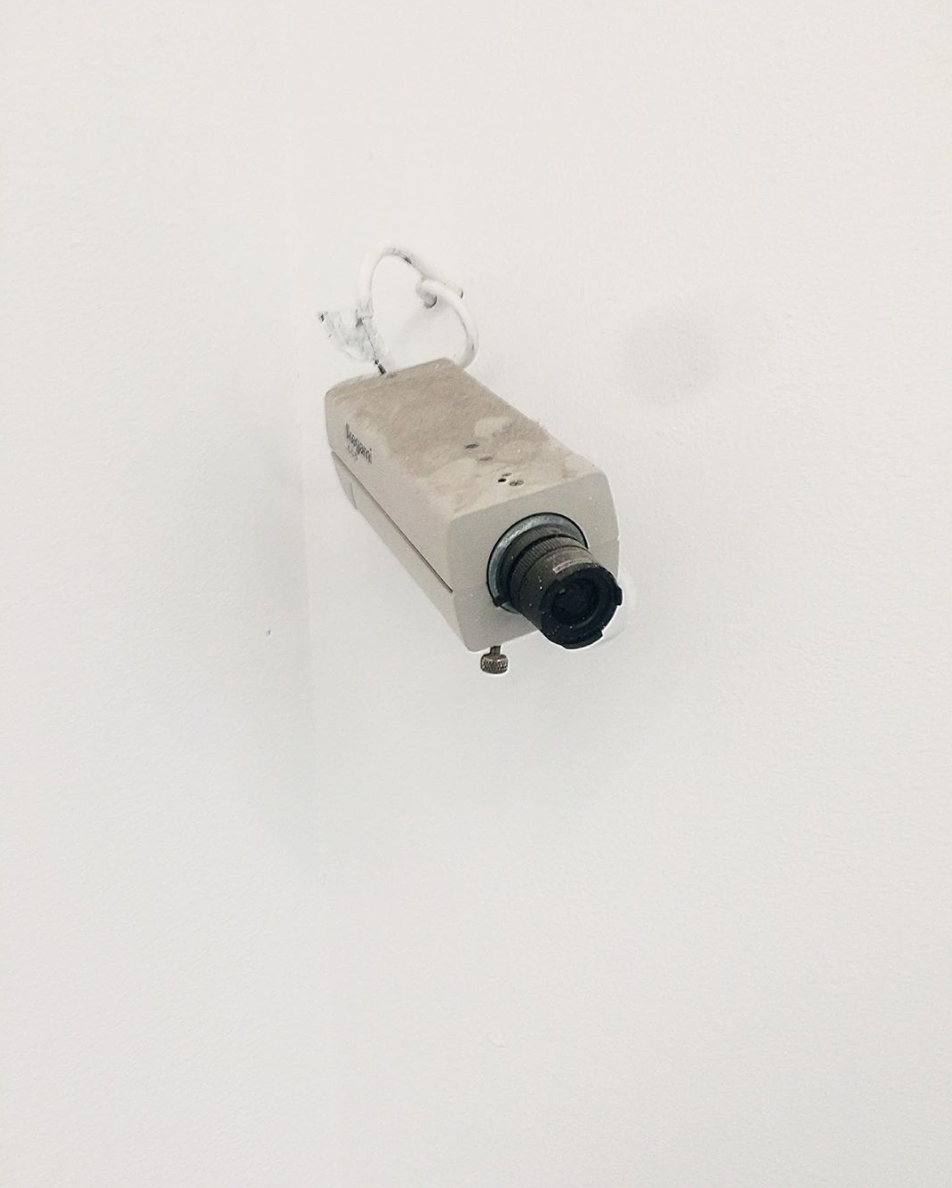
Looking for the colour green, 2019
Installation view of feng shui mural, labour performance and intervention
Paint number S 3060 B90G, brush, camera
1037 cm x 320 cm
00:20:00
A mining company, located on a mountain site in the Yunnan province, China, was caught for spray painting a barren mountain face. Instead of re-foresting the mountainside to prevent erosion, as commissioned by the local authorities, the site was painted in the peculiar green teint. Following the rules of feng shui, the villagers were happy to see the hill on their right becoming green - a sign of financial prosperity. Unfortunately, the green mountain only brought health problems, as chemical particles from the paint traveld through the air into the village.
Following the assignment and the rules of feng shui, the wall on the right side of the gallery started to become more and more green. While being covered in paint, the wall becomes, as Robert Smithson defines, a nonsite: “an abstraction that represents the site. It does not look like the site although it points to it.” Its identity lies between complexity and contingency, between site-specifity and abstraction.
At the same time the history of the 100 years old wall became more and more visible; showing the scars previous artworks had left behind. A project about searching and finding traces.
Looking at the colour green exists out of two elements:
Intervention in de gallery space by turning it towards the green mural, just leaving some traces of fingerprints behind as evidence of the action. After the exhibition the camera was left untouched, forever observing newly added traces.
Installation view of feng shui mural, labour performance and intervention
Paint number S 3060 B90G, brush, camera
1037 cm x 320 cm
00:20:00
A mining company, located on a mountain site in the Yunnan province, China, was caught for spray painting a barren mountain face. Instead of re-foresting the mountainside to prevent erosion, as commissioned by the local authorities, the site was painted in the peculiar green teint. Following the rules of feng shui, the villagers were happy to see the hill on their right becoming green - a sign of financial prosperity. Unfortunately, the green mountain only brought health problems, as chemical particles from the paint traveld through the air into the village.
Following the assignment and the rules of feng shui, the wall on the right side of the gallery started to become more and more green. While being covered in paint, the wall becomes, as Robert Smithson defines, a nonsite: “an abstraction that represents the site. It does not look like the site although it points to it.” Its identity lies between complexity and contingency, between site-specifity and abstraction.
At the same time the history of the 100 years old wall became more and more visible; showing the scars previous artworks had left behind. A project about searching and finding traces.
Looking at the colour green exists out of two elements:
Intervention in de gallery space by turning it towards the green mural, just leaving some traces of fingerprints behind as evidence of the action. After the exhibition the camera was left untouched, forever observing newly added traces.
Photo labour performance by Hanneke Kijlstra